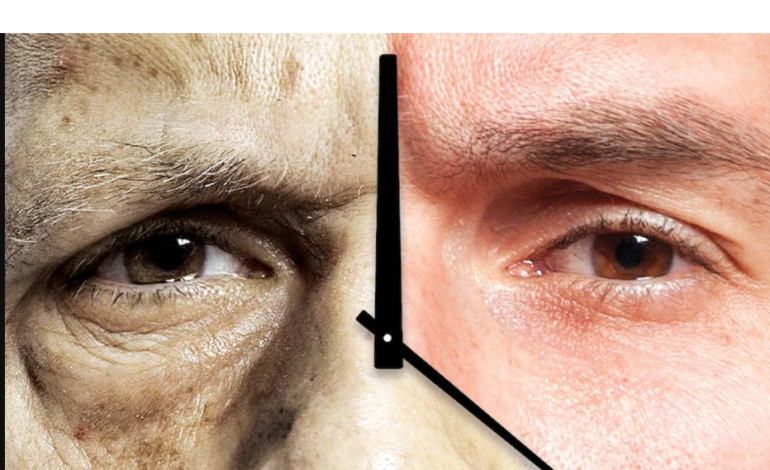
Exploring ‘biological aging’ tests: Can your cells predict your risk of mortality?
By: Dr. (H) Avi Verma
In a groundbreaking development, researchers have introduced a test that may be able to predict a person’s mortality risk over the next year by analyzing cells from inside the cheek. Known as “CheekAge,” this innovative tool examines DNA markers in cheek, or buccal, cells to provide insight into biological aging—a concept suggesting that the age reflected in our DNA might be more relevant to health than our chronological years. Findings published in Frontiers in Aging suggest that CheekAge could predict mortality within one year, particularly in adults aged 69-101, where it showed a significant correlation with mortality risk. With each increment in a subject’s CheekAge score, their likelihood of death within a year rose by approximately 21%.
How CheekAge works
CheekAge belongs to a class of biological tests known as “epigenetic clocks.” These clocks assess the DNA methylation patterns across various tissues to estimate biological age, which often reveals more about health status than chronological age. This particular test focuses on buccal cells, analyzing chemical markers that can modify gene expression, essentially switching genes on and off as part of the aging process. The researchers built the tool by examining the DNA of individuals ranging from 18 to 93 years old, mapping DNA methylation patterns against various health indicators, such as stress, body mass index, and educational background.
Linking DNA methylation to mortality risk
One of the most compelling findings from this research is that CheekAge can detect signals associated with mortality risk across different tissue types. To test this, scientists analyzed blood samples from over 15,000 participants in the Lothian Birth Cohorts, tracking changes in DNA methylation patterns across nearly half a million genome sites. Despite being designed with cheek cell data, CheekAge’s epigenetic insights successfully correlated with the blood-derived mortality data, highlighting its potential for more versatile health tracking.
While the CheekAge tool is still under study and not yet commercially available, the research group has released a similar test, TallyAge, which tracks aging in other tissues. Although such epigenetic tests are not yet prescriptive, they hold promise for tracking aging-related health risks.
The future of epigenetic clocks in health
In the long term, tools like CheekAge could help identify ways to slow down biological aging or lower disease risks linked to aging. Though some, such as Dr. Steve Horvath, a pioneer in the field, urge caution, epigenetic clocks may prove “moderately useful” for tracking whether behavioral changes—like increased exercise or dietary adjustments—positively impact biological aging markers. However, until more research shows how specific interventions could influence our epigenetic “landscape,” these clocks serve primarily as health indicators rather than direct guides for medical action.
For now, while the ability of tests like CheekAge to forecast biological age and mortality risk is promising, it’s essential to interpret the results carefully. As science advances, these insights could provide a valuable roadmap for tracking health, understanding aging, and exploring ways to live longer, healthier lives.